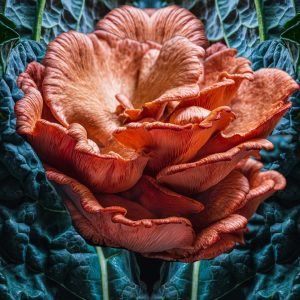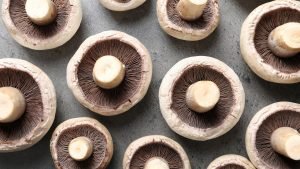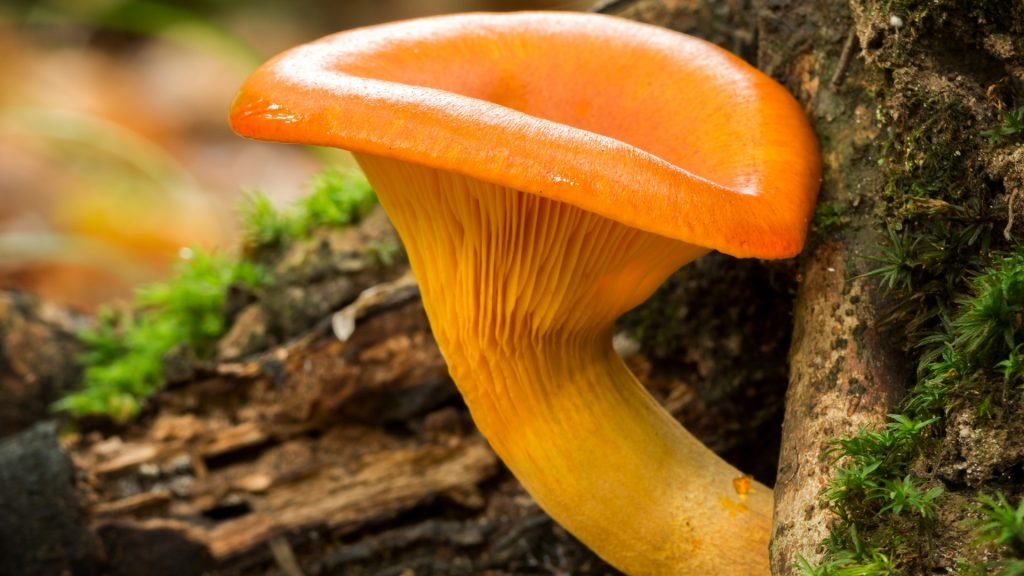The captivating realm of fungi is filled with visual marvels, but what about the wonders that elude our sight? Albino or invisible spores present a unique challenge to mycologists, defying traditional spore print methods due to their transparency. Yet, these elusive spores aren’t just about the visual intrigue; they unlock the doors to understanding deeper genetic marvels of the fungal kingdom.
The content provided on the 🍄 Mushroom Network is for educational and research purposes, aimed at fostering a deeper understanding of mycology. We don't endorse illegal activities or reckless behavior regarding the use or cultivation of specific mushroom species. Comprehending and respecting local laws concerning psychoactive fungi is your responsibility. Furthermore, always consult a healthcare provider before consuming any substances; our content doesn't replace professional medical advice. We don't promote personal use of these substances, but aim to educate on their scientific aspects. Any actions taken based on our information are at your own risk, and we aren't liable for any associated losses or damages. Always prioritize safety and legality in your mycological explorations.
Deeper Insight:
The challenge with albino or invisible spores extends beyond just their lack of color. Their very nature makes the standard techniques of spore collection and study, like spore prints, an uphill task. But with challenges come innovations, leading mycologists to develop alternative methods to work with these enigmatic entities.

The Genetic Anomaly of Albino and Invisible Spores:
While most fungi produce colored spores, making them easily distinguishable, certain genetic mutations result in the absence of pigmentation. This results in spores that appear ‘albino’ or invisible to the naked eye. Their lack of color is both a fascinating genetic deviation and a hurdle for traditional spore collection techniques.
The Science Behind the Transparency: Pigments in spores often offer protection from ultraviolet radiation. However, albino spores lack these pigments, making them intriguing subjects to study their survival and adaptation mechanisms.
Role in Nature: Though rare, these spores play an essential role in fungal biodiversity, showcasing the myriad ways fungi evolve and adapt to their environments.

Challenges in Traditional Spore Collection:
The conventional method of obtaining spore prints relies heavily on the visual aspect. With colored spores, a visible print can be achieved on contrasting backgrounds. However, for albino or invisible spores, this method is impractical.
The Issue with Spore Prints: Given their transparent nature, placing these spores on any medium results in little to no visible print, making subsequent studies or cultivation efforts cumbersome.
Innovative Approaches: While the standard spore print method may falter, this challenge has led to the adoption and improvisation of alternative techniques tailored for these unique spores.
The universe of mushrooms is expansive, each variant bearing its own unique charm and characteristics. The Marketplace on the 🍄 Mushroom Network is a testament to this diversity. It is a haven for those seeking a deeper understanding of the magical world of mushrooms. If you’re keen on learning more about this type of mushroom and other mushroom variants, this Marketplace is your ultimate resource.
No posts found!
Alternative Techniques for Invisible Spores:
In the face of challenges, innovation thrives. Working with albino spores has necessitated the development and optimization of alternative techniques.
Spore Swabs: A sterilized cotton swab is gently rubbed over the gill or pore surface to collect spores. This method is effective for invisible spores, allowing for direct transfer to growth media.
Agar-Based Mediums: Transferring the invisible spores directly to nutrient-rich agar provides a platform for germination and growth, bypassing the need for a visible spore print.
Liquid Cultures: Immersing these spores in a nutrient solution offers another method for cultivation, allowing the mycologist to observe growth directly in the liquid medium.
Not sure where to start? The 🍄 Mushroom Academy offers a wide range of courses tailored to your needs. Whether you’re a beginner eager to learn or an experienced mycologist looking to broaden your knowledge, the 🍄 Academy has something for everyone.

From Obscurity to Clarity: Navigating Invisible Spore Research:
As the study of these elusive spores continues, it’s clear that the traditional boundaries of mycology are ever-expanding. Embracing new techniques and understanding the intricacies of these fungal wonders paves the way for deeper insights into the world of fungi.
Don’t forget to check out the 🍄 Mushroom Network’s Marketplace to see what’s available. But hurry, our shelves are constantly evolving, and you wouldn’t want to miss out on this wonderful mushroom. Join our growing network of Patrons, Genetics, and Mycologist Vendors only on the 🍄 Mushroom Network!
Recommended Reads:
Mastering Mushroom Cultivation – From Spores to Harvest
About This Article: Unlock the world of home mushroom cultivation with this comprehensive guide! Discover...
Read More...Pink Oyster (Pleurotus Djamor)
Scientific Name: Pleurotus Djamor COMMON NAME(S): Pink Oyster | Salmon Oyster | Indian Oyster |...
Read More...The Remarkable Journey of Agaricus Bisporus: From Pasture to Plate
Dive into the captivating story of Agaricus Bisporus, more commonly known as the button, portobello,...
Read More...The Psychedelic Potential of Psilocybe Cubensis B+: A Closer Look at the Research
Aiding mental health with mushrooms might seem like a thing of fantasy, but with B+...
Read More...Whoa there, Spore Sport! 🍄 Looks like you’re not logged in yet. Don’t you know what you’re missing? MYCO-CREDITS! Imagine all the fungal fun you could have. It’s like finding a Morel in May and not picking it. Tragic, right? Log In or Become a Myco-Patron and start racking up those credits. It’s more rewarding than finding a mushroom in your backyard! 🌟🏡









